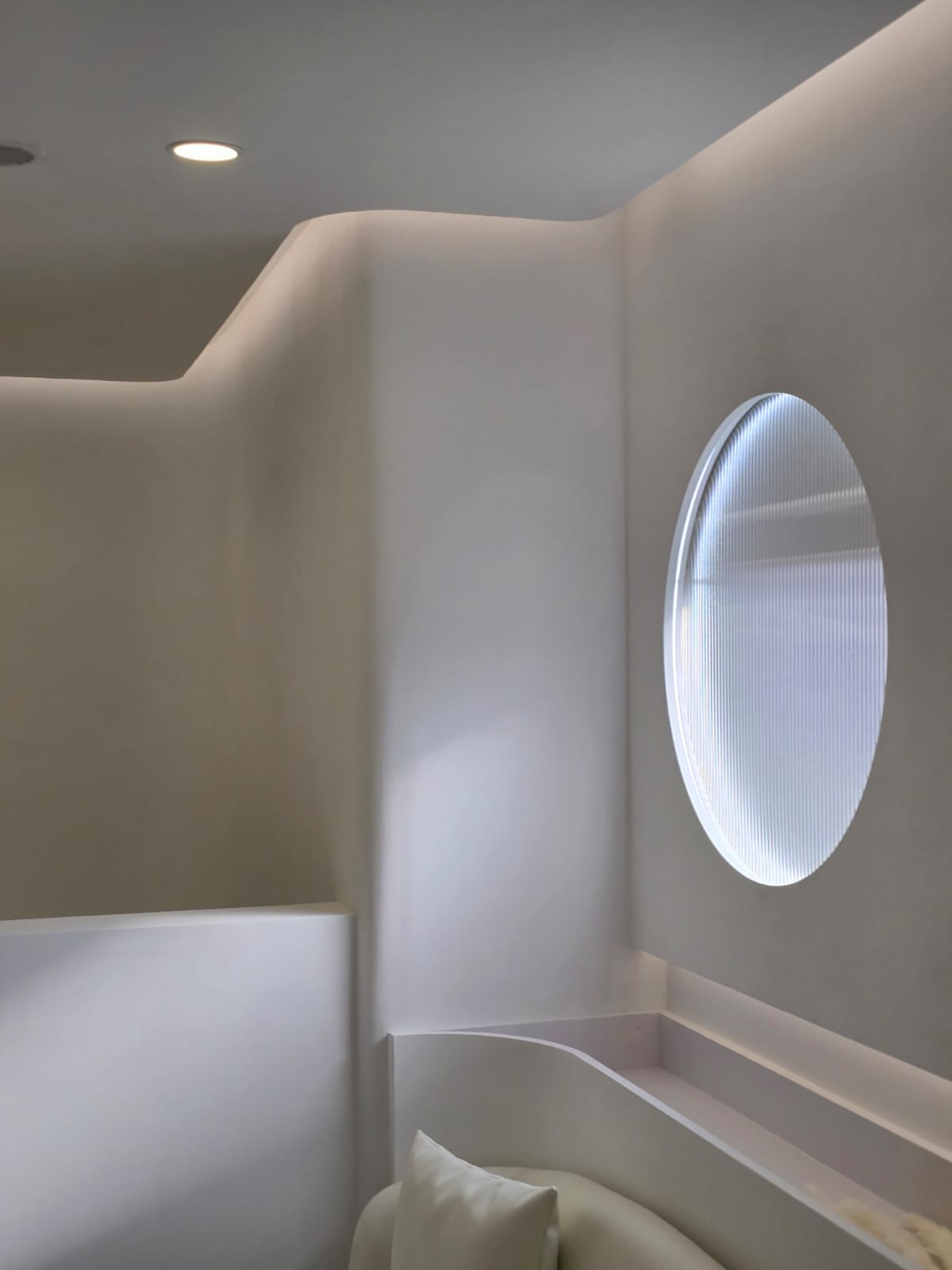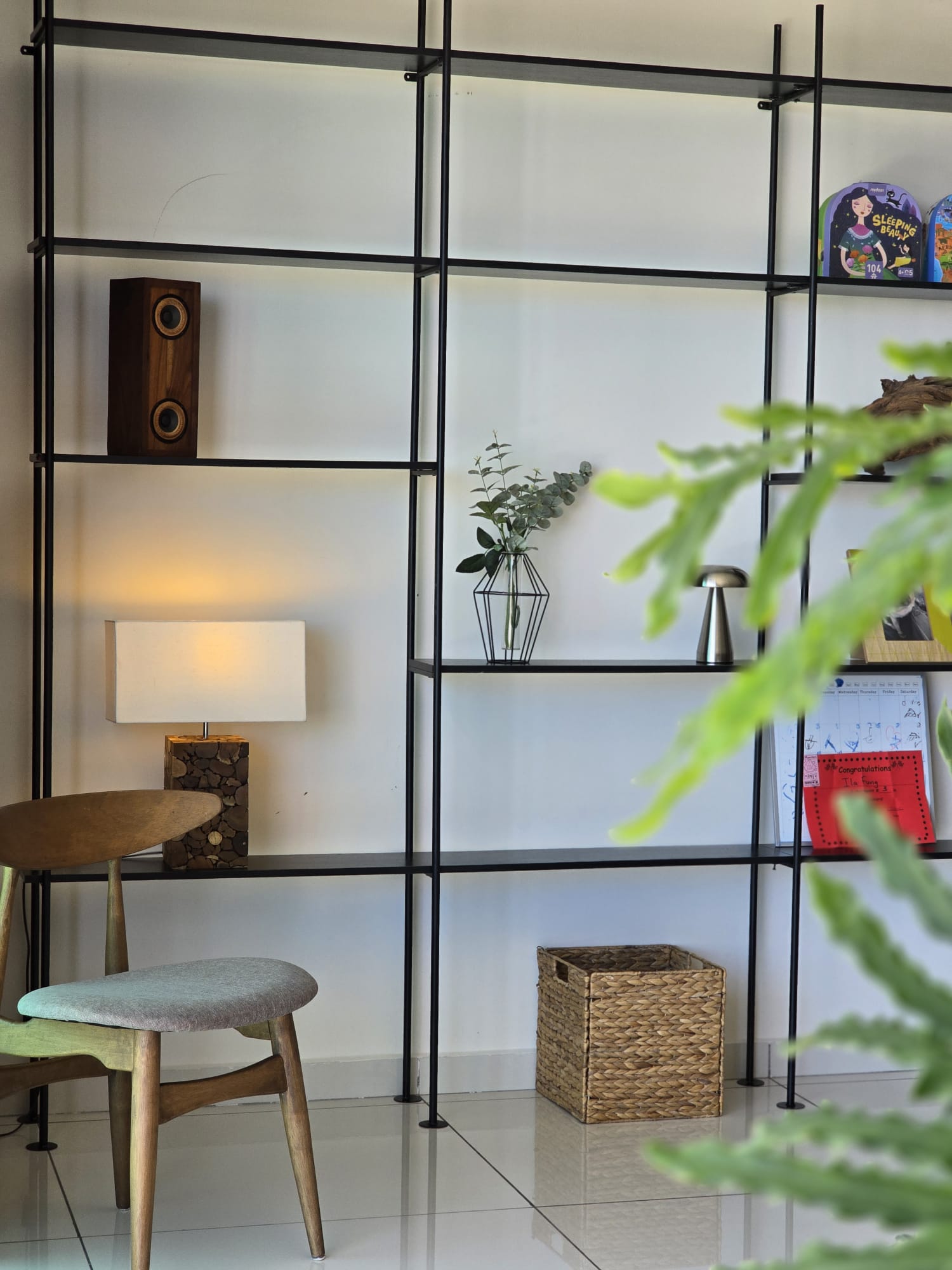
Can't break your kids' bad habits? Can you teach them interior design?
Share
Can interior design actually help children overcome bad habits? The environment in which children grow up undoubtedly has a significant impact on their development, especially during the crucial period of developing their character, habits, and self-care abilities. The development of bad habits is not only linked to parenting style, but also closely linked to the home's spatial planning, color palette, and lighting design. Good interior design and spatial planning can subtly guide children to establish a regular routine, improve their self-management skills, and improve or even eliminate some bad habits. For example, children's poor concentration and focus are a concern for many parents.
Can interior design improve children's concentration?
Children who have trouble concentrating on their studies often do so due to distractions from their surroundings or improper space planning. To improve children's concentration, the study area should be located in a quiet, well-lit area, avoiding areas adjacent to play areas, televisions, or high-traffic areas. Desks should ideally be placed near windows to allow for natural light, with soft auxiliary lighting to reduce glare. Cool colors such as blue and green can be used for wall color choices to help stabilize emotions and improve concentration. In terms of space planning, simple storage cabinets can be set up to organize school supplies into categories, making it easier for children to find what they need and reducing distractions caused by clutter. A blackboard wall or a display area for children's work can stimulate interest in learning without creating a visual burden. The overall space should avoid being overcrowded and cluttered, allowing children to focus on their studies.
Kids don’t want to go to bed early?
"Go to sleep soon!" These four words resonate deeply. Children must hear them often, and parents must repeat them often. The design of a child's bedroom has a profound impact on their sleep and sleep routine. Children's bedrooms should feature soothing tones such as beige, light blue, and pale green. These colors can help soothe and create a relaxing atmosphere. For lighting, opt for dimmable indirect lighting, dimming the lights before bedtime to help children establish a circadian rhythm. The bedroom space should be designed with sleep in mind, avoiding excessive toys, electronics, or school supplies. This will encourage children to naturally associate the bedroom with rest. Choose a bed made of safe and comfortable materials, and allow ample space for movement so children can get in and out of bed easily. Curtains should be made of high-light-blocking fabrics to prevent outside light from disrupting sleep. Parents can also create a sense of ritual with features like story walls and starry sky lights, making bedtime a time for children to look forward to.
Can you just eat your meal obediently?
Children are often restless and disruptive while dining because the restaurant space is unattractive or too cluttered. The restaurant design should be dominated by bright and warm colors, such as yellow and orange, which can stimulate appetite and enhance the enjoyment of dining. The dining table and chairs should be suitable for children's height so that they can sit comfortably with both feet on the ground. In terms of space planning, avoid directly connecting the restaurant with the game area and TV area to reduce external temptations and prevent children from "dig the TV juice into their food". In addition, a dedicated children's tableware storage area can be set up to allow children to participate in the process of preparing tableware and enhance the sense of ritual of dining. The lighting should be uniform and bright, avoiding being too strong or too dark. The walls can be appropriately decorated with children's paintings or family photos to create a warm atmosphere. If space permits, a small children's dining table can also be designed to allow children to dine with siblings of the same age to enhance interaction and regularity.
Self-discipline improves sense of achievement
If putting toys away wasn't a responsibility, but a task that earned them a sense of accomplishment, would children still resent it? Storage systems and space planning are closely linked. To make it easy for children to identify and put things back in their proper places, children's rooms should feature low, easily accessible cabinets that distinguish different types of toys by color or pattern. Open storage designs can encourage children to proactively organize. Parents can use tools like storage baskets, sorting boxes, and hanging bags to make the process easier for children to understand and follow, making it more fun. Praising children after they complete the task can transform simple emotions into fostering a sense of accomplishment and responsibility.
Addicted to your phone or iPad?
Electronic devices have become the modern family's babysitter, a veritable electronic cradle. Exposing children to electronic devices (such as smartphones and tablets) too early poses risks to their eye health and can impair their ability to communicate. Through spatial zoning in interior design, electronic devices can be confined to specific areas, while creating diverse spaces to engage children in other activities. For example, designing dedicated reading corners, art spaces, or physical play areas allows children to develop diverse interests in different spaces. Regarding color, use soft greens and blues in reading areas and bright oranges and yellows in play areas to create different atmospheres. Avoid excessive lighting or direct screen exposure, and choose eye-friendly lighting to reduce visual fatigue. Spaces should be designed with smooth movement to allow children to switch activities freely throughout the home and minimize prolonged periods spent in front of electronic devices. Parents can also use timers and storage boxes to help children develop moderate electronic device use habits.

Design House HK Interior Design Services
Interior design has a subtle influence on the development of children's behavior and habits. Through appropriate space planning, the use of color and lighting, as well as storage and circulation design, parents can create a safe, comfortable, fun, and educational environment for their children. This not only helps children improve their negative habits, but also stimulates their potential, allowing them to grow up healthily in a joyful atmosphere. Design House HK's interior designers have over 15 years of design experience and can definitely realize your ideal home. Please feel free to schedule an appointment with one of our designers for a consultation.






